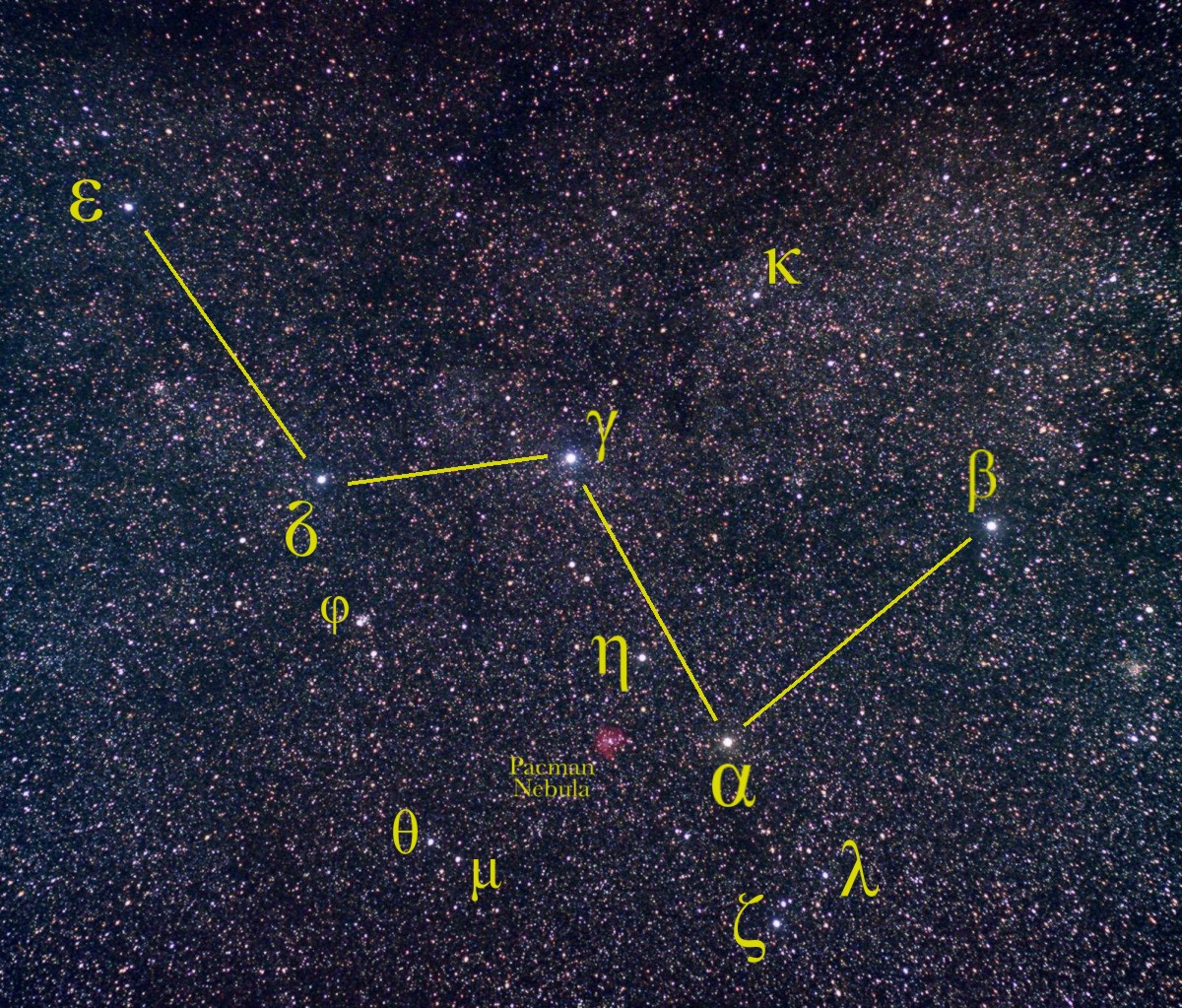Zeta Cassiopeiae on:
[Wikipedia]
[Google]
[Amazon]
Zeta Cassiopeiae, Latinized from ζ Cassiopeiae, and officially named Fulu , is a
Richard Hinckley Allen: Star Names — Their Lore and Meaning: Cassiopeia
/ref> In 2016, the IAU organized a
 Zeta Cassiopeiae is a B2
Zeta Cassiopeiae is a B2
variable star
A variable star is a star whose brightness as seen from Earth (its apparent magnitude) changes with time. This variation may be caused by a change in emitted light or by something partly blocking the light, so variable stars are classified as e ...
in the constellation of Cassiopeia. It has a blue-white hue and is classified as a B-type subgiant
A subgiant is a star that is brighter than a normal main-sequence star of the same spectral class, but not as bright as giant stars. The term subgiant is applied both to a particular spectral luminosity class and to a stage in the evolution ...
with an apparent magnitude
Apparent magnitude () is a measure of the brightness of a star or other astronomical object observed from Earth. An object's apparent magnitude depends on its intrinsic luminosity, its distance from Earth, and any extinction of the object's ...
of +3.66. Based upon parallax measurements, it is approximately 590 light-years from the Sun
The Sun is the star at the center of the Solar System. It is a nearly perfect ball of hot plasma, heated to incandescence by nuclear fusion reactions in its core. The Sun radiates this energy mainly as light, ultraviolet, and infrared radi ...
.
Nomenclature
''ζ Cassiopeiae'' ( Latinised to ''Zeta Cassiopeiae'') is the star's Bayer designation. InChinese astronomy
Astronomy in China has a long history stretching from the Shang dynasty, being refined over a period of more than 3,000 years. The ancient Chinese people have identified stars from 1300 BCE, as Chinese star names later categorized in the twe ...
, Zeta Cassiopeiae is called 附路, Pinyin
Hanyu Pinyin (), often shortened to just pinyin, is the official romanization system for Standard Chinese, Standard Mandarin Chinese in China, and to some extent, in Singapore and Malaysia. It is often used to teach Mandarin, normally writte ...
: Fùlù, meaning '' Auxiliary Road'', because this star is marking itself and standing alone in the ''Auxiliary Road'' asterism, '' Legs'' (mansion) (see : Chinese constellation
Traditional Chinese astronomy has a system of dividing the celestial sphere into asterisms or constellations, known as "officials" ( Chinese ''xīng guān'').
The Chinese asterisms are generally smaller than the constellations of Hellenisti ...
). 附路 (Fùlù) was westernized into ''Foo Loo'', but that name was also designated for Eta Cassiopeiae
Eta Cassiopeiae (η Cassiopeiae, abbreviated Eta Cas, η Cas) is a binary star system in the northern constellation of Cassiopeia. Its binary nature was first discovered by William Herschel in August 1779. Based upon parallax meas ...
by R.H. Allen, with the meaning of "a by-path" /ref> In 2016, the IAU organized a
Working Group on Star Names
The International Astronomical Union (IAU) established a Working Group on Star Names (WGSN) in May 2016 to catalog and standardize proper names for stars for the international astronomical community. It operates under Division C – Education ...
(WGSN) to catalog and standardize proper names for stars. The WGSN approved the name ''Fulu'' for Zeta Cassiopeiae on 30 June 2017 and it is now so included in the List of IAU-approved Star Names.
Properties
 Zeta Cassiopeiae is a B2
Zeta Cassiopeiae is a B2 subgiant
A subgiant is a star that is brighter than a normal main-sequence star of the same spectral class, but not as bright as giant stars. The term subgiant is applied both to a particular spectral luminosity class and to a stage in the evolution ...
, indicating that it has exhausted its core hydrogen and started to evolve away from the main sequence. It has a temperature of over 20,000 K, is about eight times the mass of the sun, and is 5,500 times as luminous.
Variability
Zeta Cassiopeiae is a probable member of an unusual group of variable stars known as " Slowly Pulsating B" (SPB) stars. It shows a pulsation frequency of 0.64 per day (or once every 1.56 days) and displays a weak magnetic field with a strength of roughly , which varies with a period of 5.37 days. This likely matches the rotation rate of the star, which, when combined with the lowprojected rotational velocity
Stellar rotation is the angular motion of a star about its axis. The rate of rotation can be measured from the spectrum of the star, or by timing the movements of active features on the surface.
The rotation of a star produces an equatorial bulg ...
, indicates the star may be seen nearly pole-on. Zeta Cassiopeiae is a candidate magnetic Bp star that shows an overabundance of helium. The star contains a randomly oriented fossil magnetic field, which impacts the outflow of the stellar wind. Collisions between streams from this stellar wind creates a shock front, with cooling particles settling toward a co-rotating disk.
References
{{Stars of Cassiopeia Cassiopeiae, Zeta Cassiopeiae, 17 B-type subgiants Cassiopeia (constellation) Slowly pulsating B stars 0153 003360 002920 BD+53 0105